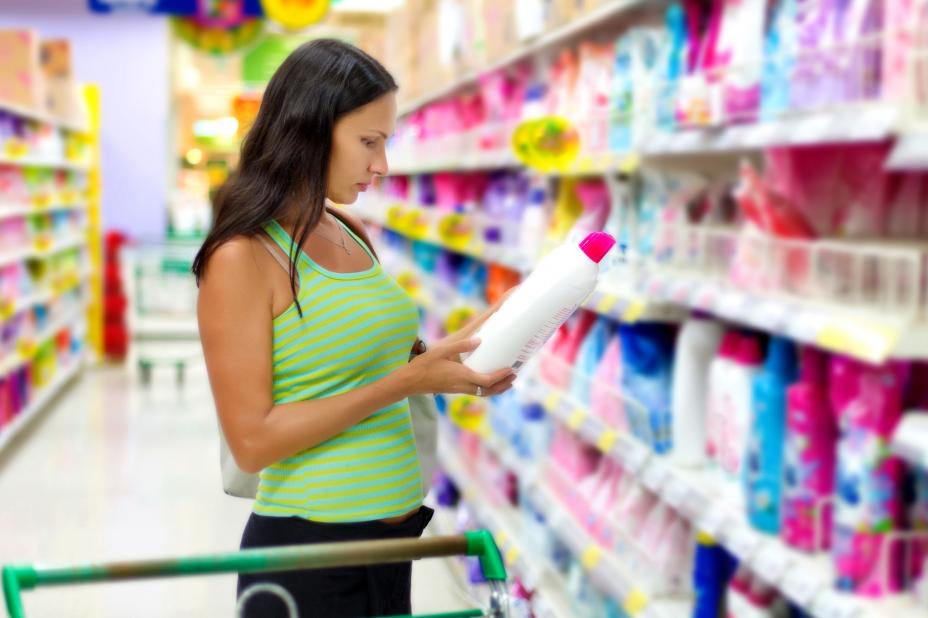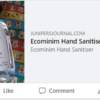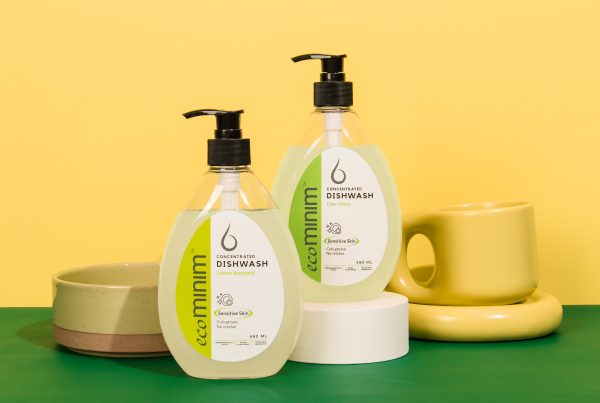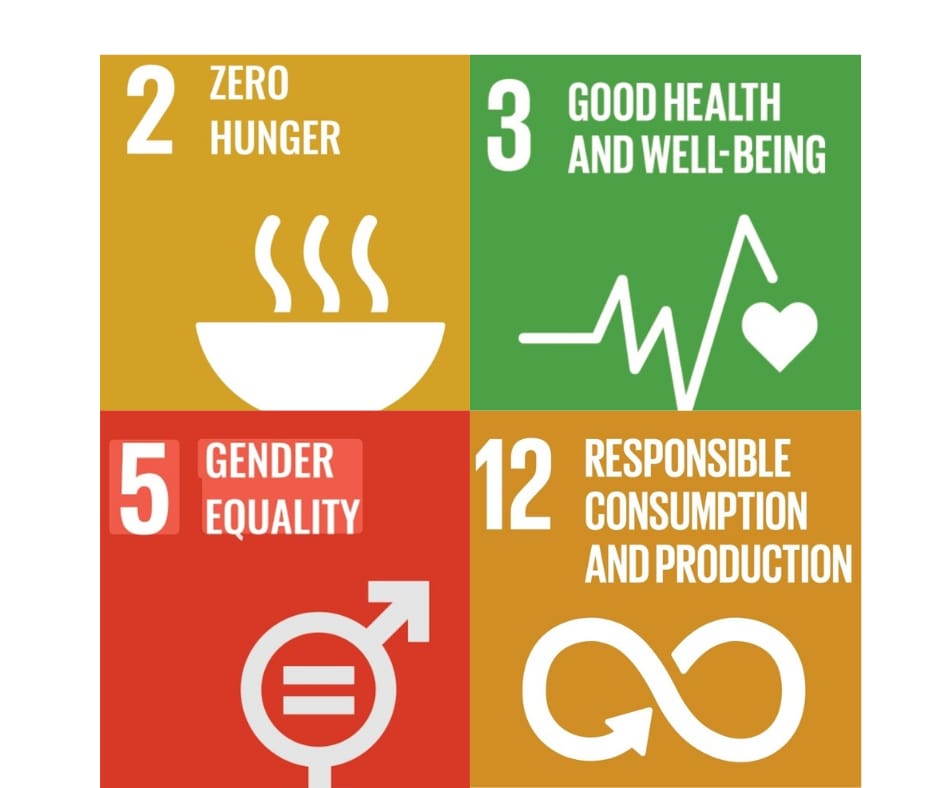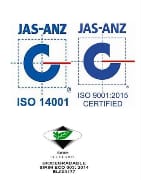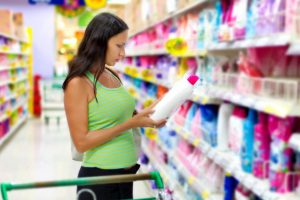
Image credit: novozymes
Malaysians often opt for harsh cleaning products when it comes to choosing cleaning supplies for their homes. The assumption is that only such products can give us the cleaning performance we need. However, the truth is such products are no more effective than today’s “eco-friendly” or ”safe” cleaning products, and are in fact a potent source of toxic chemicals. Such chemicals not only “clean”, but may also be harming your family. In fact, toxic chemicals can leave harmful residues and contribute to indoor air pollution, impacting family health.
Deep down, we all know that we need to be using safer and more environment-friendly cleaning products. But, with the wide range of cleaning brands available, it can be overwhelming to choose what is best for our home and family especially is we have loved ones with sensitive skin and we need to look out for eco-friendly laundry detergent for sensitive skin for instance.
One way to select the right cleaning supplies for your home is to choose products with ingredients that are proven to be safe and effective for the job, as well as avoid products that contain known toxic chemicals.
The questions now though are: What are the safe, environment-friendly ingredients that I should look out for? What are the toxic, unsafe and polluting chemicals that I should avoid? Here, we’re going to list some of the ingredients to look for when faced with endless aisles’ worth of cleaning products!
Look out for these ingredients!
“Eco-friendly”, “non-toxic” and “safe” are labels we want to be on the lookout for when buying cleaning products. However, you should not just stop there and load your cart! Just because the labels say so, does not mean that the products truly are so.
Plant-based or plant-sourced, biodegradable and ecofriendly detergent ingredients are the best options when it comes to choosing safe, environment-friendly cleaning products. We should learn what biodegradable detergents are made of.
Some such safe ingredients can consist of:
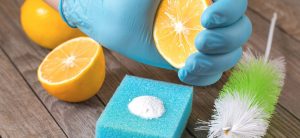
Image Credit: DabFlow Team
Citric Acid
Citric acid is a weak organic acid found naturally in citrus fruits. Cleaning products may also use manufactured citric acid, which has been recognized as safe by the United States’ Food and Drug Administration.
It is commonly used as an excellent yet natural chelating agent, preventing metal ions naturally found in water from forming soap scum, the white chalky residue sometimes found on washed surfaces.
Decyl Glucoside
Do not be scared by the name! Decyl glucoside is in fact a gentle surfactant, which helps soaps and detergents remove dirt from surfaces and fabrics.
It is produced from a reaction between glucose (or sugar) from cornstarch and a fatty alcohol from coconuts. It is especially suited to sensitive skin!
Glycerin
Glycerin (also known as glycerol or glycerine) is an organic compound present in all natural lipids (fats). It occurs naturally in our skin, functioning as a moisturiser drawing moisture up through skin layers which slows or prevents excessive drying and evaporation.
Glycerin is a natural solvent as well as hygroscopic, meaning it readily attracts water from its surroundings. Both these qualities making it great for cleaning and stain removal, as they enable gylcerin to soften old stains for removal. Its mild properties also make it suited for people with skin irritations.
Sodium Carbonate
Sodium carbonate, or soda ash, is another common ingredient in eco-friendly cleaning products. Also known as washing soda for its multipurpose cleaning properties, it is made from salt (sodium chloride) and limestone.
Sodium carbonate softens water, helping other cleaning ingredients lift soil from fabrics and surfaces, suspending removed dirt in wash water. It also has disinfectant properties and is known for its ability to cut through stubborn grease stains.
Sodium Citrate
Sodium citrate is the sodium salt of citric acid, which occurs naturally in many citrus fruits. It is often used as a pH adjuster and builder, and is common in liquid laundry detergent.
As a builder, sodium citrate aids soap to work more effectively by requiring less detergent for the same cleaning load. How? By capturing metal ions in wash water, thus preventing them from interfering with surfactants and depositing dirt on the washed fabric or surface.
Avoid these ingredients!
The list for ingredients to avoid can be long, however a few common ones have been selected to be listed here. Just remember, such ingredients are often synthetic-based, meaning that they do not naturally occur in nature. This does not meant that all synthetic compounds are unsafe, however, just that the ones listed have been proven to have some link to adverse health or environmental effects. The ingredients are:
Cocamidopropyl Betaine
Cocamidopropyl betaine (CAPB) functions as a surfactant in household products. Interestingly, CAPB is a synthetic fatty acid made from coconuts. They are commonly found in household spray cleaners and cleaning or disinfecting wipes.
CAPB can cause skin discomfort and eye irritation, however is particularly known to induce allergic reactions in some users via impurities produced in the manufacturing process, namely aminoamide (AA) and 3-dimethylaminopropylamine (DMAPA).
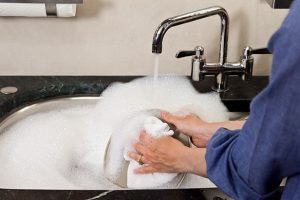
Image Credit: food52
Sodium Lauryl Sulfate and Sodium Laureth Sulfate
Sodium lauryl sulfate (SLS) and sodium laureth sulfate (SLES) are often used as foaming agents in personal care as well as household cleaning products. They are produced using petroleum and plant sources.
SLS and SLES can cause eye, lungs and skin irritation, particularly with long-term use. They may also clog pores and cause acne in those with sensitive skin. Environmentally, the petroleum and palm oil sources of these compounds have been controversial (due to climate change and deforestation), while animal testing is common for products containing SLS and SLES to measure irritation levels.
Nonylphenol Ethoxylates
This tongue twister, also known as NPEs, are also used as surfactants in detergents, multi-purpose cleaners, degreasers as well as other cleaning products.
NPEs are a prime example of persistent, bio-accumulative and toxic chemicals. Reports state they may lead to birth defects and reproductive harm, and are also recognised for their toxicity to fish and wildlife. Definitely to be avoided!
NPEs also break down to form toxic nonylphenol (NP). NP is an environmentally-persistent chemical with hormone-disrupting properties that can build up in food chains and are hazardous even at very low levels.
EDTA
EDTA (or the rather mouthful ethylenediaminetetraacetic acid) is a chemical compound widely used in household cleaning products. EDTA functions well as a chelating agent, and is used in a wide range of industries.
The persistence of EDTA has led to concerns of organic pollution, as it has been linked to increased availability of heavy metals in the environment. EDTA’s environmental accumulation may also lead to bio-magnification in wildlife, causing toxicity in plants and animals.
Formaldehyde
Formaldehyde is a colourless, strong-smelling chemical used as disinfectants in cleaning products to kill bacteria, fungi and fungi spores, while also widely used for other purposes.
It has been classified as a carcinogen by the United States’ National Toxicology Program. Materials containing formaldehyde can release formaldehyde gas or vapour into the air. Long-term exposure to low levels of formaldehyde in the air or on the skin can cause asthma-like respiratory problems and skin irritation such as dermatitis and itching.
Get it Right!
Knowing what to look for is only the first step in the long battle of finding the best eco-friendly detergent and family-safe products for your home. There can be many options out there, so take a moment to consider what brands or products you would like to have as a part of your cleaning repertoire at home.
And if you are looking for the best, there’s always Ecominim®!


